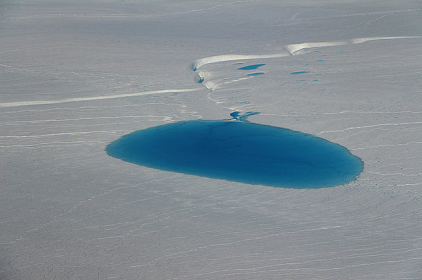
By David Singh
GENEVA, 31 October 2017 - Nine years ago, scientists from the UK, Europe and the USA met in London to discuss a new and unexpected way that global warming might be threatening the planet.
The consensus at the meeting on ‘Climate Forcing of Geological Hazards’ was that earthquakes, volcanic eruptions, landslides and tsunamis might become more frequent as global warming changes the earth’s crust. Scientists also agreed that climate-linked geological changes could trigger “methane burps” of a potent greenhouse gas, currently stored under melting permafrost and the seabed, in quantities greater than all the carbon dioxide (CO2) in the air today.
The conference was organized by Professor Bill McGuire, Director of the Benfield Hazard Research Centre, University College London (UCL), who has led discussions on climate change and geological hazards for many years. He is also the author of Waking the Giant: How a Changing Climate Triggers Earthquakes, Tsunamis and Volcanoes (April 2012, Oxford University Press).
According to Waking the Giant, the Earth is a dynamic planet of shifting tectonic plates responsive to change, particularly during climate transition. At the end of the last Ice Age, the great glaciers disappeared, and the release in pressure allowed the crust beneath to bounce back. Staggering volumes of melt water poured into the ocean basins, warping and bending the crust.
The resulting tossing and turning provoked a huge resurgence in volcanic activity, seismic shocks, and monstrous landslides—the last both above the waves and below. Temperature rises this century are in line with those at the end of the [last] Ice Age. All the signs are that unmitigated climate change due to human activities could bring about a comparable response.